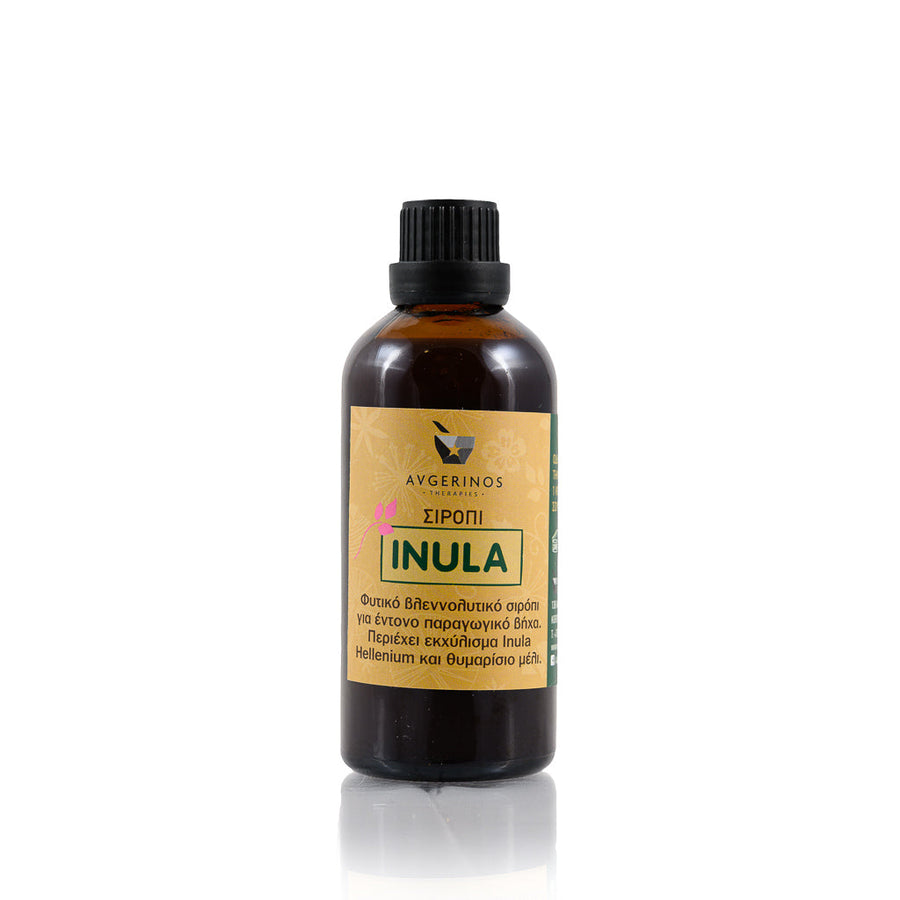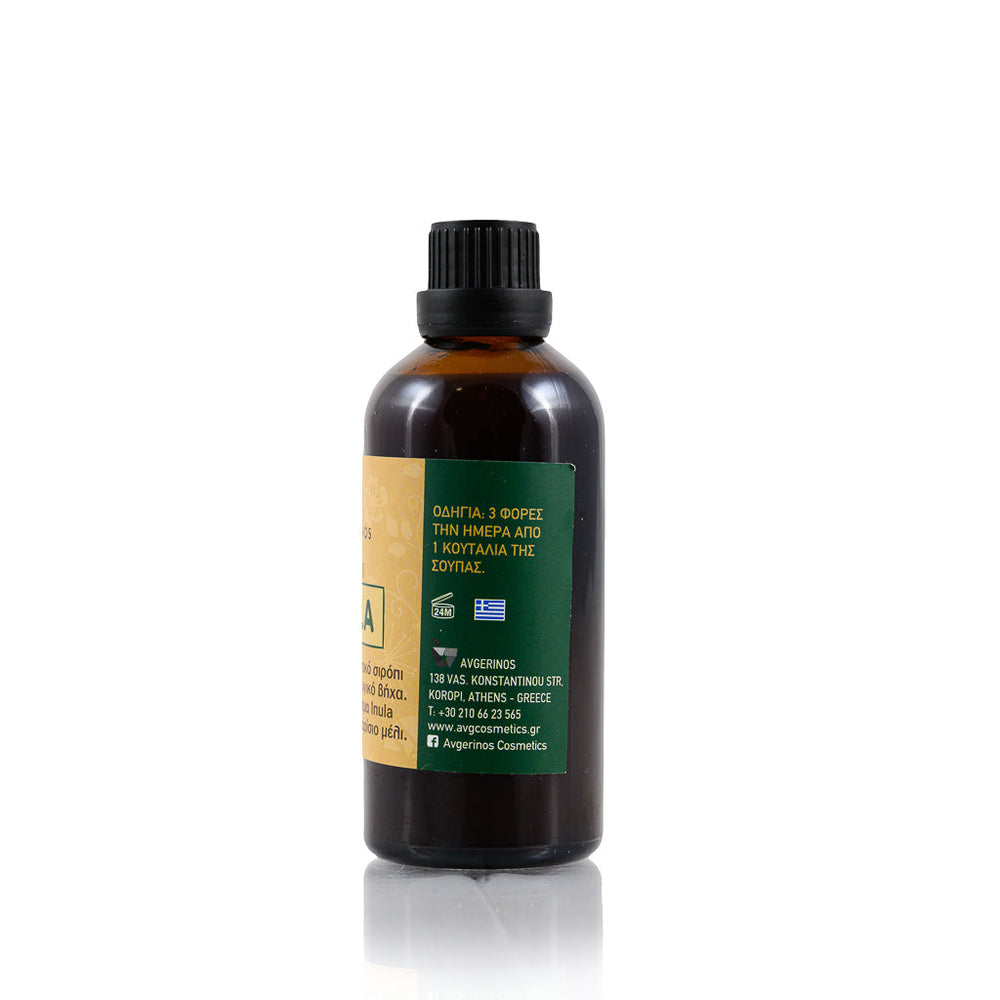Hyaluronic Acid for Strong Joints & Beautiful Skin!
Hyaluronic acid (HA) is a glycosaminoprotein, which our body produces at a constant rate along with elastin and collagen by cells called fibroblasts. This substance can be found throughout the body, in the epithelial, nervous and connective tissue, but we will find it in abundance mainly in the skin, the fluid of the eyes and in our joints. Such as
collagen, as well as the amount of hyaluronic acid, decreases over time, specifically after 25-30 years. Its synthesis and degradation is a continuous process between fibroblasts and fibroclasts (the cells that break it down) and takes more than 24 hours.
Hyaluronic acid has some properties that make it stand out from other elements and make it particularly beneficial for our body. Suffice it to say that it can hold water up to 1000 times its weight!!!
Below we will get to know 3 of its most basic properties.
1. Skin and eye hydration
As a hydrophilic molecule, hyaluronic acid is the main moisturizer for the skin and eyes, as it has the ability to attract and bind water from the atmosphere!
When applied to the skin, usually in the form of a cream or lotion, it helps bind water to collagen. This compound allows collagen to remain in the skin for a prolonged period of time, which adds radiance and a youthful appearance to the skin. At the same time, it contributes to the elasticity and maintenance of the skin's density, as well as to the smoothing of expression lines. As the liquid in our eyes is largely composed of hyaluronic acid, eye movement and natural eye cleaning are achieved. HA prevents it
dry eyes and irritations by protecting the eyes from foreign elements that can cause injury and allergic reactions.
2. Wound healing
In addition to its moisturizing properties, hyaluronic acid accelerates the healing of oral wounds, burns and ulcers. In addition, its presence in the traumatic area prevents the creation of scars and infections, since it accelerates the healing process
and the restoration of damaged tissue by binding the appropriate moisture and components to the wound area.
3. Strong Joints
HA is found in the joints and is the well-known "cushion" that protects the bones from wear and tear. It is also found in the connective tissue and is responsible for the smooth movement of the joint. The ideal proportions of hyaluronic acid in the joint area are necessary to avoid wear and tear caused by
over time and the appearance of degenerative diseases such as osteoarthritis and chondropathy.
Ways of using
Hyaluronic acid can be used in different ways depending on the needs and the desired result we want to have:
Skin care products.
These products are usually creams, lotions, serums or gels. As we already mentioned, HA when applied to our skin, transports the proper moisture which is the main factor in prolonging youthful appearance, skin density and delaying the signs of age. Today's technology provides several forms of the element such as e.g. the
hydrolyzed hyaluronic acid of low molecular weight that "locks" the moisturizing elements in the lower layers of the skin and molecules of high weight to ensure surface elasticity.
Food supplements.
The intake of hyaluronic acid from food supplements is in liquid form, capsules, or powder, the consumption of which reduces the pain of arthritis, increases the elasticity of muscle tissue and the healing of scars, especially keloids.
Inhalation devices.
Inhaled hyaluronic acid is known to hydrate the airways and dry mucous membranes and help fight bacterial infections.
Filler injections.
Fillers are more often used on the lips to gain more volume without losing their elasticity. Local injections aim to restore water balance and firmness to expression lines such as the nasolabial fold and forehead.
Food sources that help absorb hyaluronic acid are:
Soy, tofu, potatoes, sweet potatoes, broccoli, asparagus, oranges, lemons, spinach, carrots, chia seeds, tomatoes, grapefruit, bananas, red beans.
It should be noted that hyaluronic acid manufactured in a laboratory can be derived from animal tissues, which makes it inaccessible to people who do not consume animal products. However, in recent years, through green chemistry we can look for vegan options on the market, as long as an ingredient research is done before
use of any product.
* The text is informative and in no way replaces the advice of a doctor.









Leave a comment